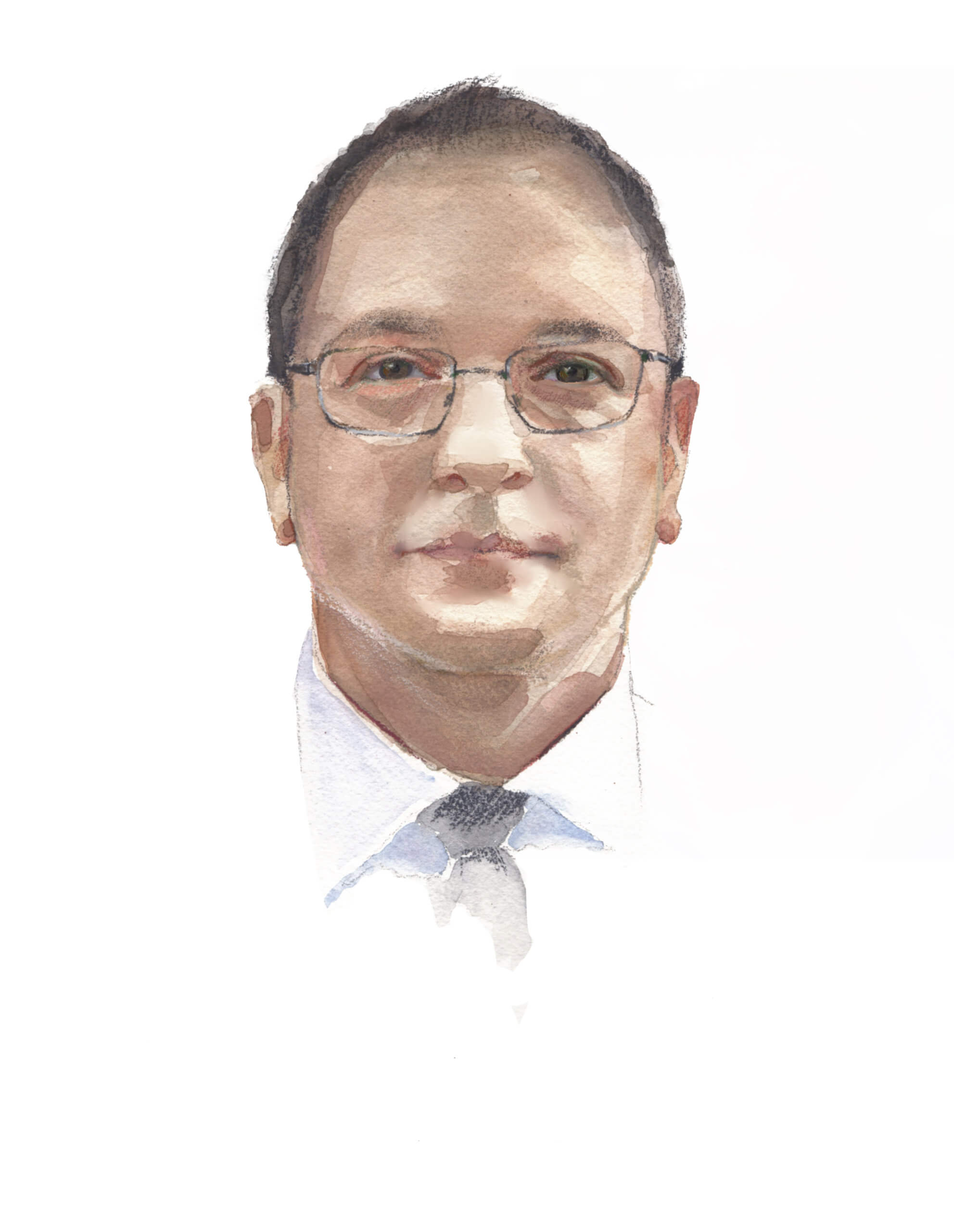Probate is a term that refers to the legal process of distributing a deceased individual’s estate. This process includes demonstrating the validity of the Last Will and Testament or disbursing the property in cases where there is no will.
Cases in Which Probate Is Unnecessary
There are times when the probate process is not necessary. When certain assets have a clear beneficiary attached, probate may not be needed. Examples of potentially non-probate assets include:
- Bank accounts with a named beneficiary
- Retirement accounts, such as a 401(k) with a named beneficiary
- Life insurance policies with a named beneficiary
- Joint checking, savings, and investment accounts
- Real estate held jointly
Other scenarios when probate might not be necessary include situations where the decedent had an estate valued below $30,000. If the decedent had only non-probate assets, such as the ones listed above, the probate process might also be avoided. Also, people with larger estates can sometimes arrange disbursement plans that avoid probate and simply transfer their assets to their heirs.
The New York Probate Process
If you are dealing with an estate in New York that has to be handled through the regular probate process, you’ll need to complete several steps.
File a Probate Petition with the Court
Whether a will exists or not, the first step involved in transferring assets to a deceased person’s heirs is to file a petition with the court. This documents the necessary information to determine any assets and debts of the estate and serves to identify heirs.
Inventory the Estate
Once the court has granted you the authority to inventory the estate, you will be able to gather all of the documentation necessary to determine all of the assets and debts of the estate. The necessary activities may include:
- Obtaining copies of tax returns
- Gathering documentation of bank account balances
- Opening safe deposit boxes
- Ordering credit reports
Once this information is gathered, you should have a complete picture of the assets and liabilities of the estate. In New York, a full inventory should be provided to the court within three months.
Pay Creditors
Before any assets can be transferred to heirs, debt payments must be made. Creditors have up to seven months to make a claim against a deceased person’s estate. If any assets are transferred to an heir before that time, the personal representative of the estate can be held liable.
Generally, payments are made to creditors in this order:
- Estate administration (court fees, legal fees, etc.)
- Funeral expenses
- Taxes of any kind
- Payments on secured debt, such as for a mortgage
- Payments to unsecured lenders, such as credit card companies
If the estate has more debts than assets, the estate is declared insolvent. The personal representative is not responsible for debt that exceeds the value of assets belonging to the estate.
Distribution to Heirs
After all of the debts have been paid, the remaining assets can be distributed to the appropriate heirs of the estate. If there is no will, an heir is the next of kin. If there is a will, only those listed in the will can inherit.
Close the Estate
Once you have paid all debts and distributed the remaining assets to the appropriate heirs, you must report all actions to the court and file a petition for the estate to be closed.
Consider a Probate Attorney
Utilizing a probate attorney can relieve you of the burden of dealing with the distribution of the estate. An attorney can help you meet the requirements of the probate process and avoid common pitfalls. The law firm of Merlino & Gonzalez can assist Staten Island, NY, families in navigating the New York probate process. Call today.
